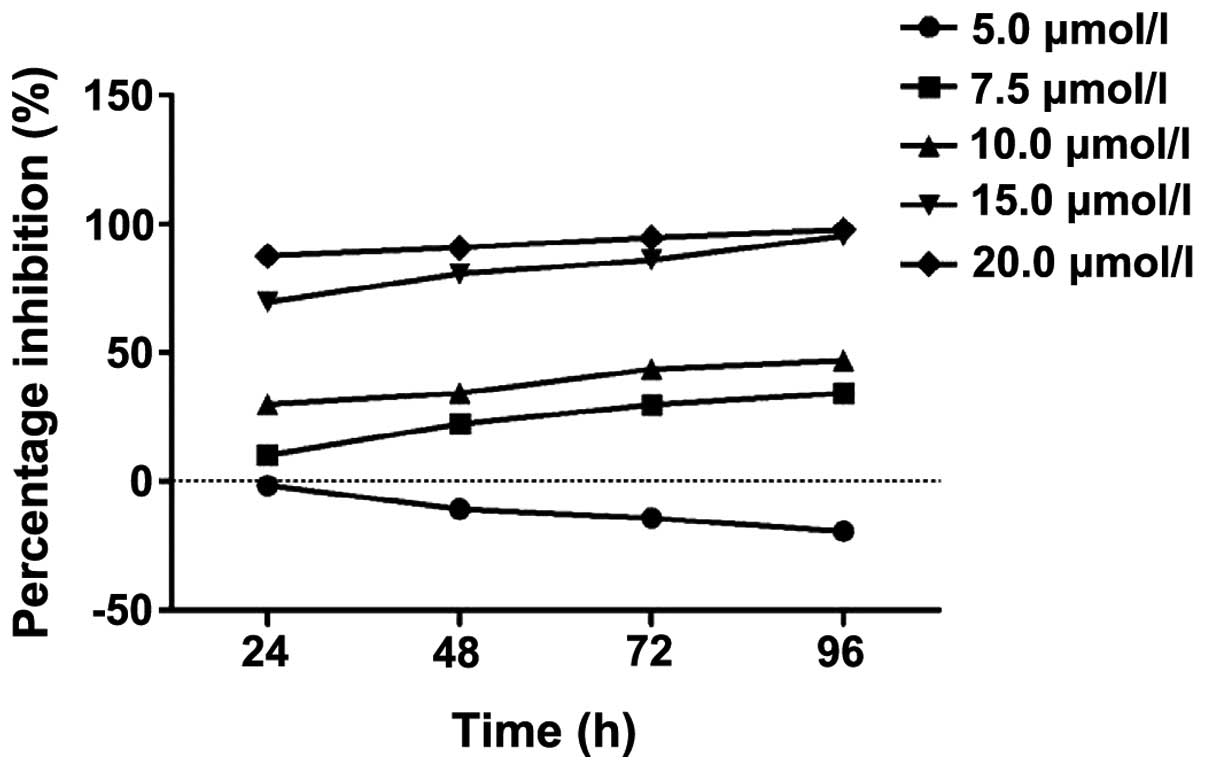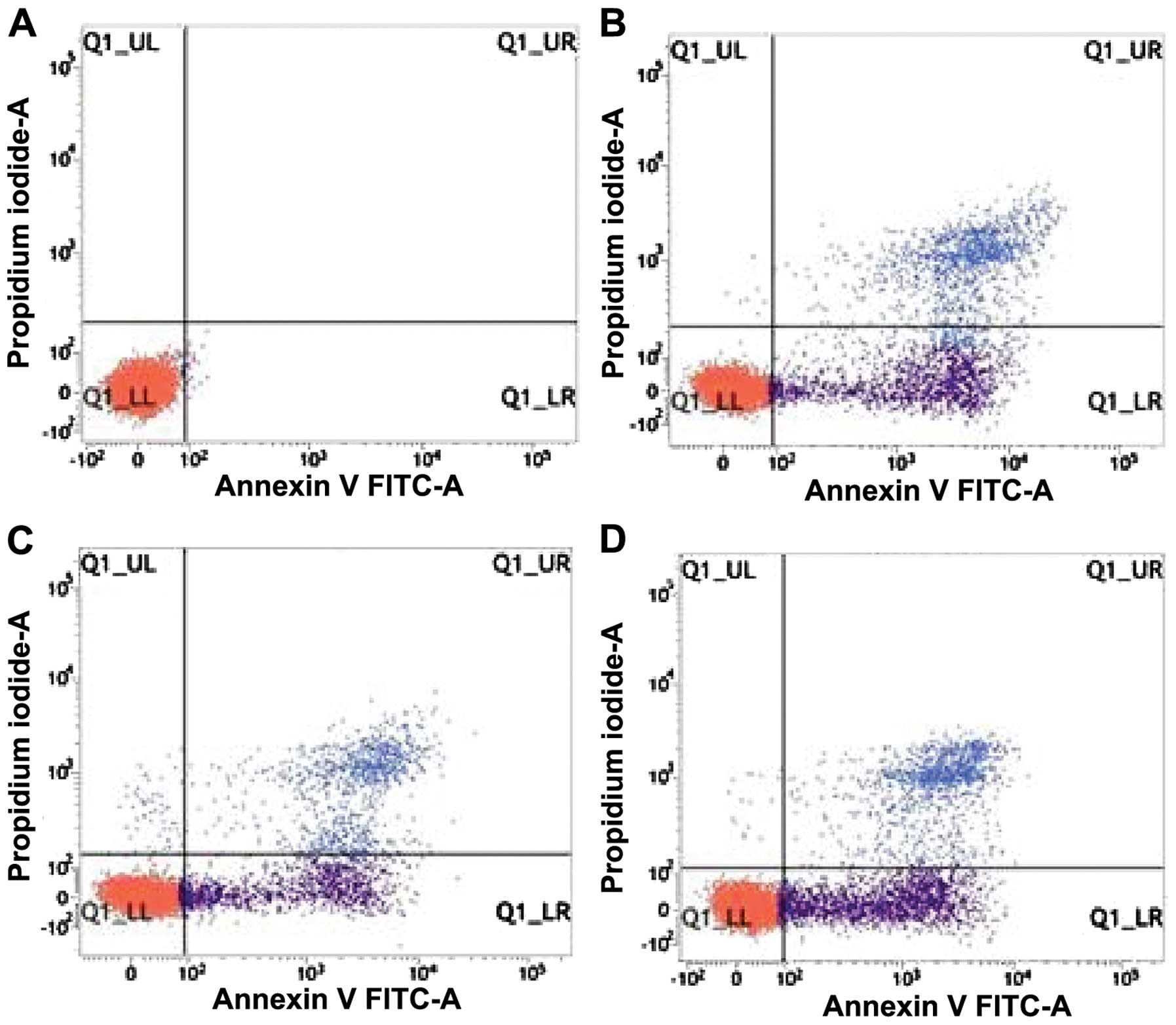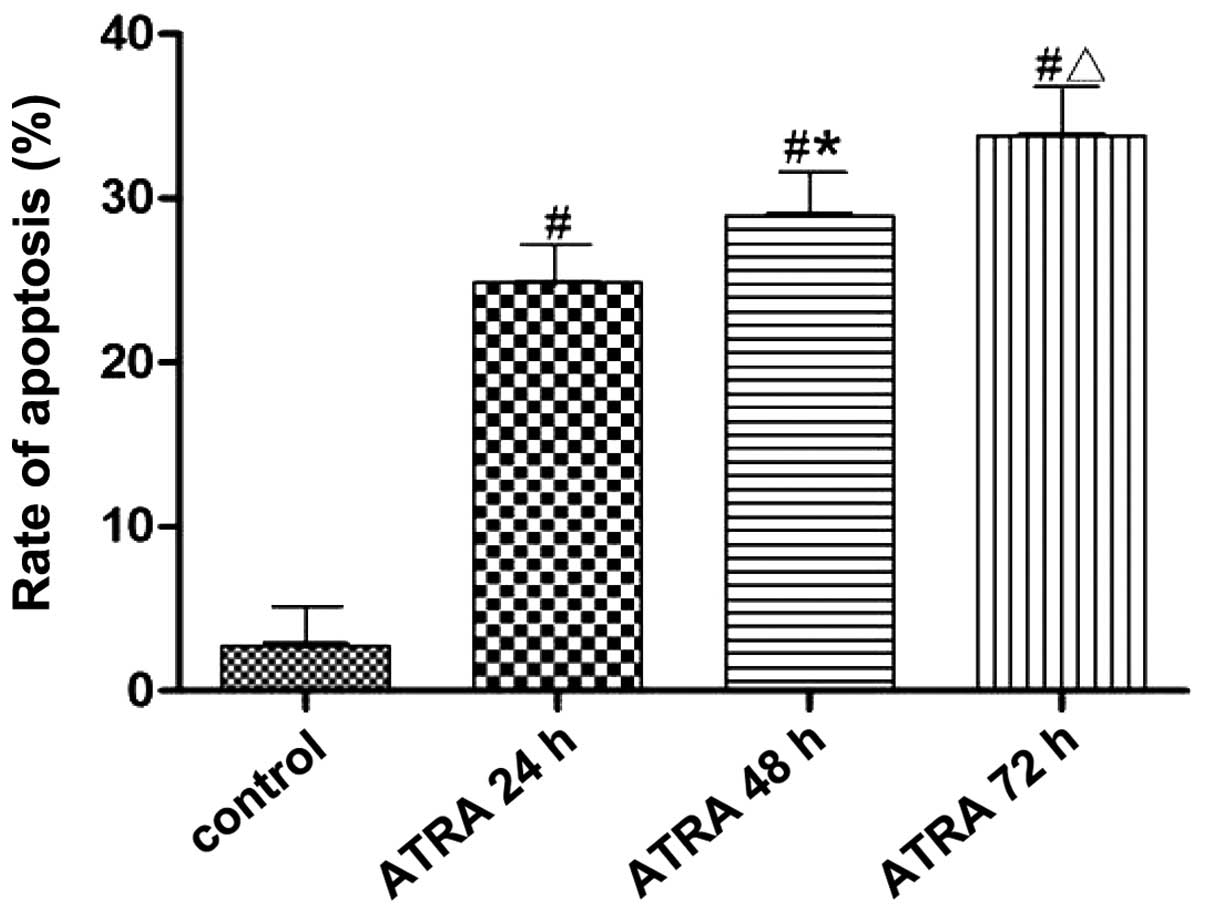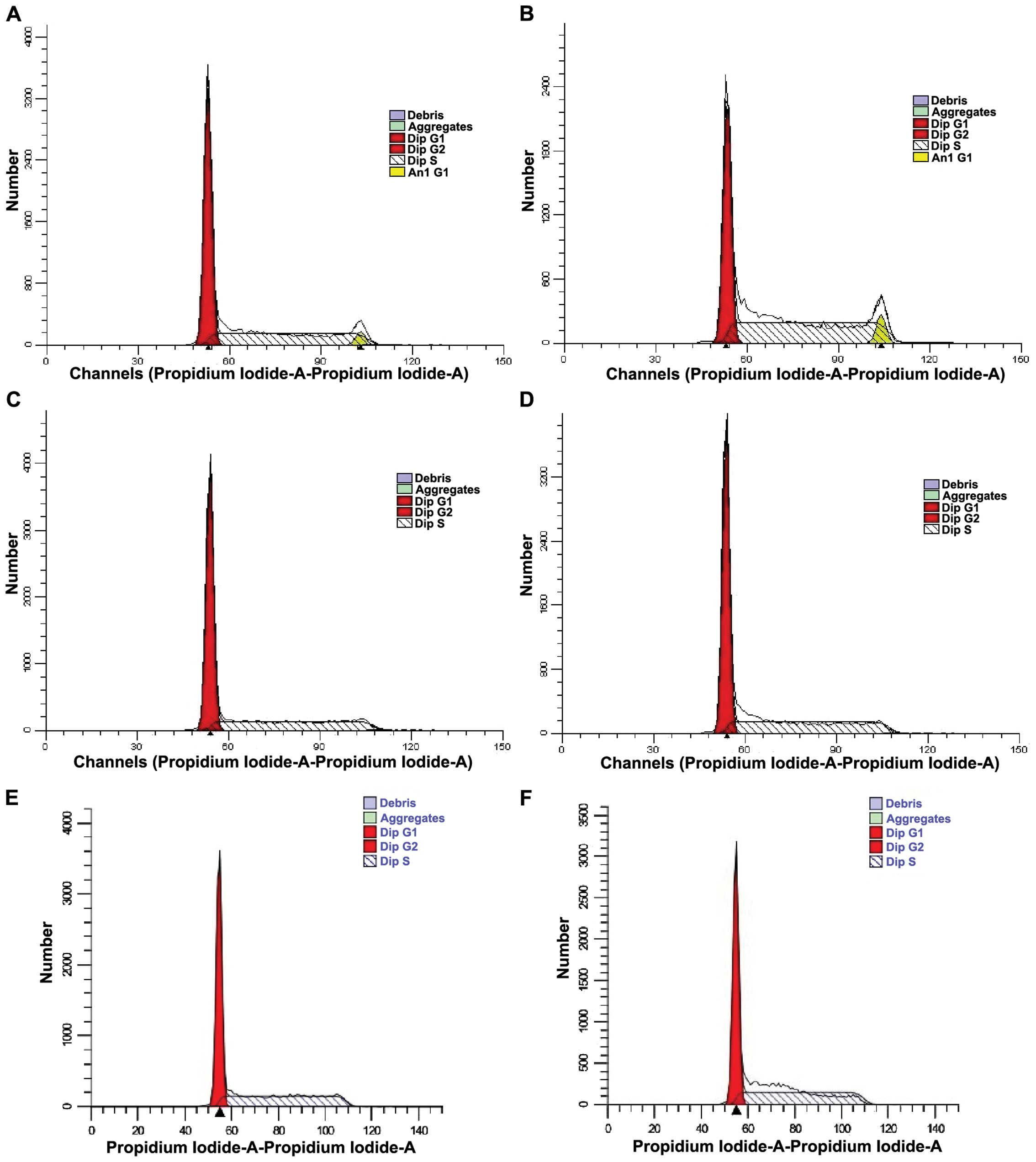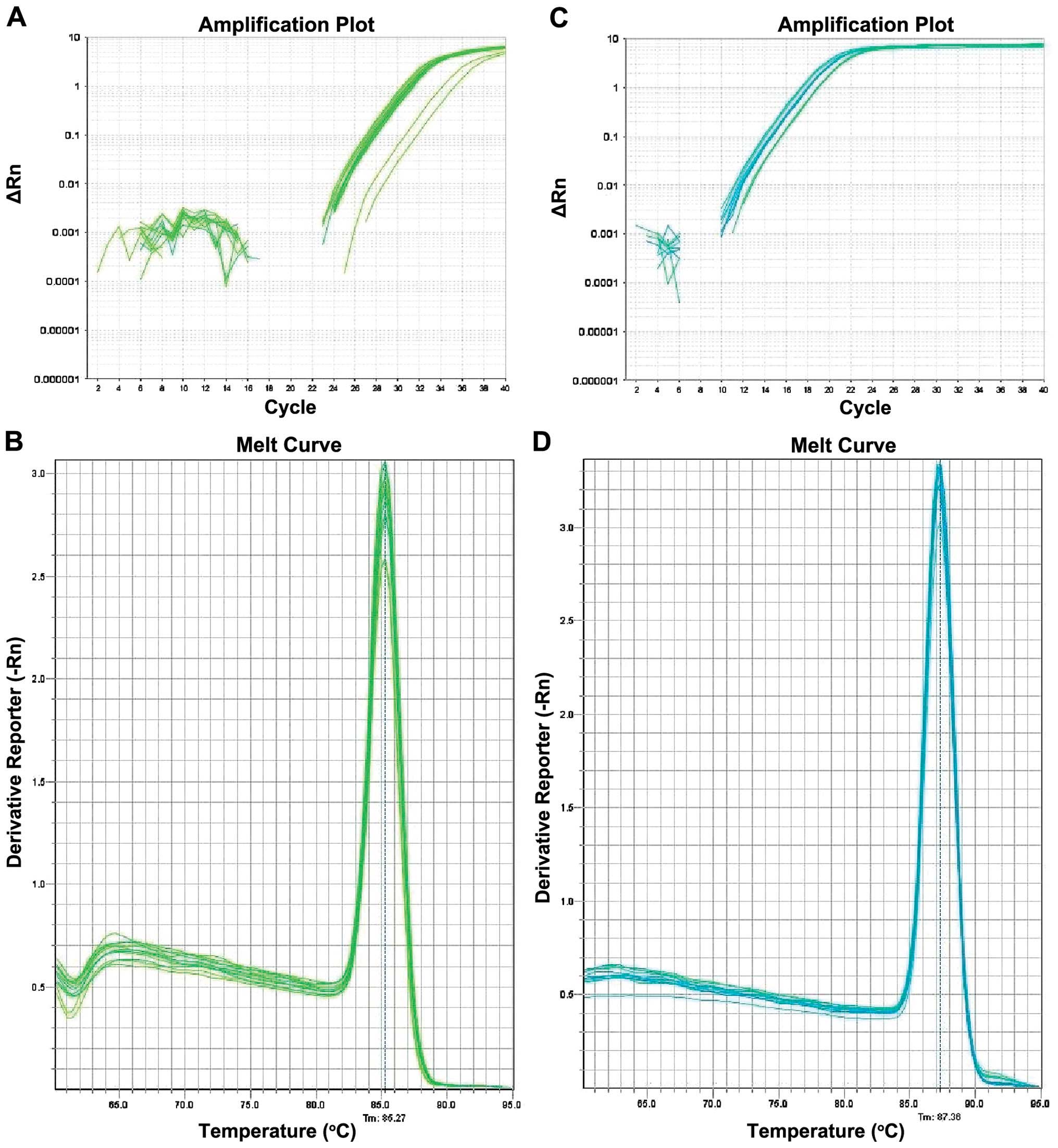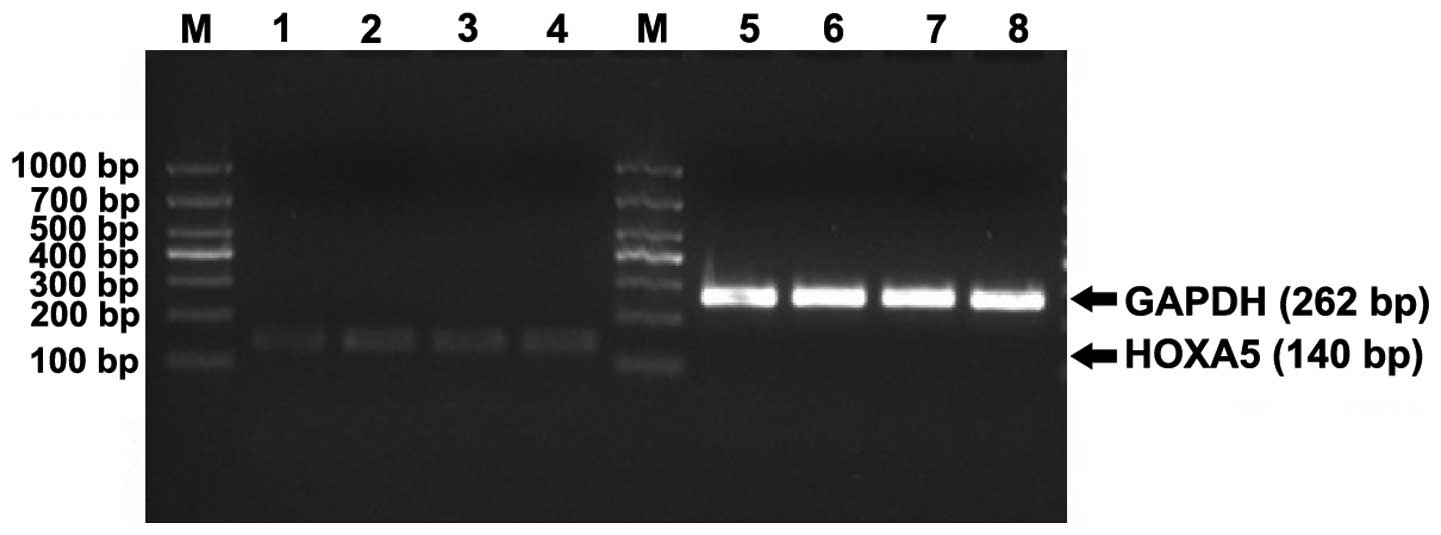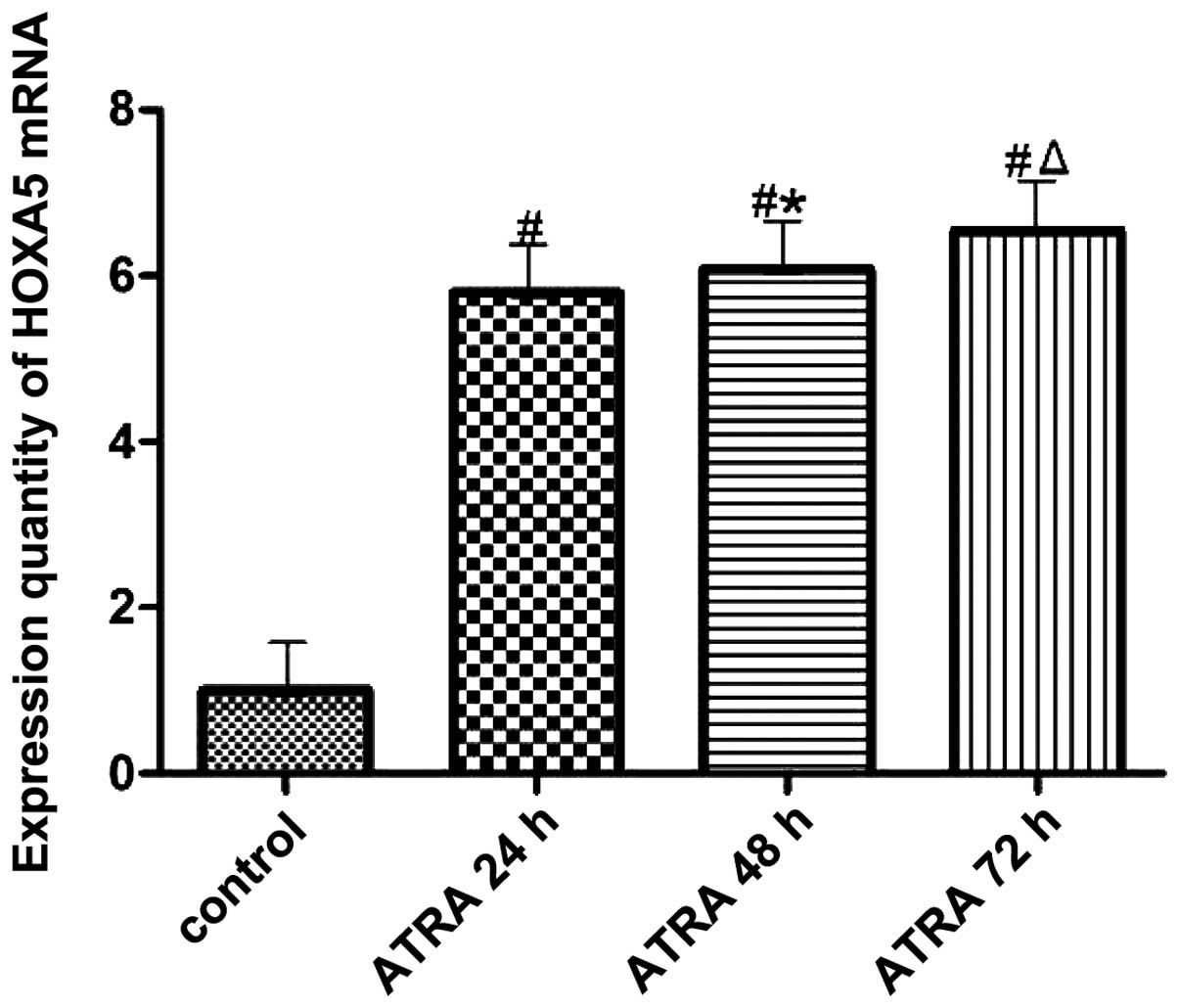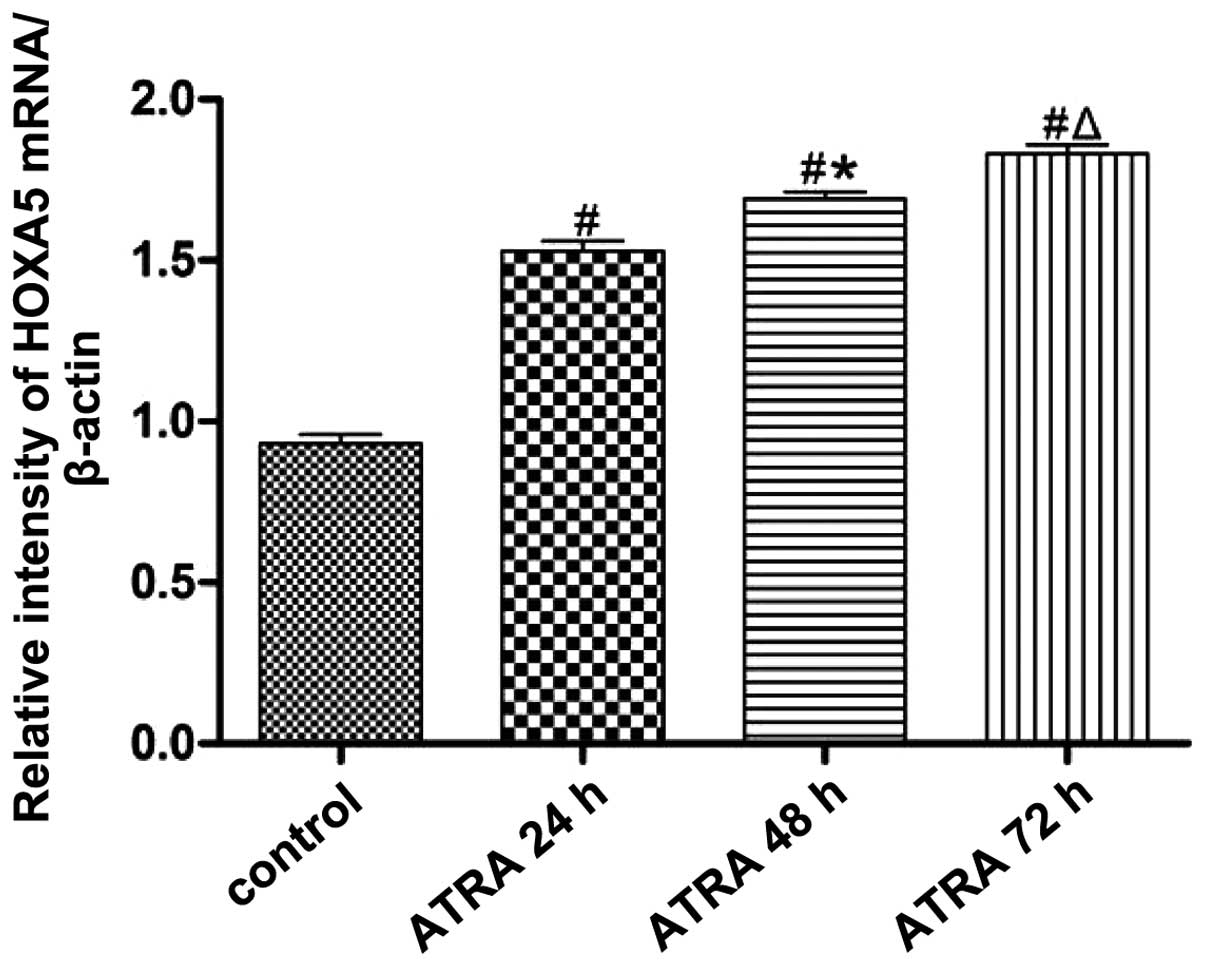|
1
|
Huang Z, Liu WJ, Guo QL and Liu CY:
Platelet parameter and platelet membrane glycoprotein in childhood
acute lymphoblastic leukemia. Genet Mol Res. 14:16074–16089. 2015.
View Article : Google Scholar : PubMed/NCBI
|
|
2
|
Xu Q and Liu W-J: Platelet changes in
acute leukemia. Cell Biochem Biophys. 67:1473–1479. 2013.
View Article : Google Scholar
|
|
3
|
Huang HP, Liu WJ, Guo QL and Ba YQ: Effect
of silencing HOXA5 gene expression using RNA interference on cell
cycle and apoptosis in Jurkat cells. Int J Mol Med. 37:669–678.
2016.PubMed/NCBI
|
|
4
|
Wessler JM: Leukemia in children: Getting
back to school-part 1. NASN Sch Nurse. 30:116–118. 2015. View Article : Google Scholar : PubMed/NCBI
|
|
5
|
Annesley CE and Brown P: Novel agents for
the treatment of childhood acute leukemia. Ther Adv Hematol.
6:61–79. 2015. View Article : Google Scholar : PubMed/NCBI
|
|
6
|
Lohi O, Kanerva J, Taskinen M,
Harila-Saari A, Rounioja S, Jahnukainen K, Lähteenmäki P and
Vettenranta K: Childhood leukemia. Duodecim. 129:939–946. 2013.
|
|
7
|
Liu WJ, Huang MX, Guo QL, Chen JH and Shi
H: Effect of human cytomegalovirus infection on the expression of
Hoxb2 and Hoxb4 genes in the developmental process of cord blood
erythroid progenitors. Mol Med Rep. 4:1307–1311. 2011.PubMed/NCBI
|
|
8
|
Delval S, Taminiau A, Lamy J, Lallemand C,
Gilles C, Noël A and Rezsohazy R: The Pbx interaction motif of
Hoxa1 is essential for its oncogenic activity. PLoS One.
6:e252472011. View Article : Google Scholar : PubMed/NCBI
|
|
9
|
Jiang N and Liu W: Role of HOX gene in
occurrence of leukemia and study progress. J Appl Clin Pediatr.
27:215–217. 2012.
|
|
10
|
Alharbi RA, Pettengell R, Pandha HS and
Morgan R: The role of HOX genes in normal hematopoiesis and acute
leukemia. Leukemia. 27:1000–1008. 2013. View Article : Google Scholar
|
|
11
|
Ding X, Yang Z, Zhou F, Wang F, Li X, Chen
C, Li X, Hu X, Xiang S and Zhang J: Transcription factor AP-2α
regulates acute myeloid leukemia cell proliferation by influencing
Hoxa gene expression. Int J Biochem Cell Biol. 45:1647–1656. 2013.
View Article : Google Scholar : PubMed/NCBI
|
|
12
|
Huang MX and Liu WJ: Effect of cluster a
in Hox gene on proliferation and differentiation of hematopoietic
stem/progenitor cells and its relation to leukemia - review. J Exp
Hematol. 17:835–839. 2009.
|
|
13
|
Kim SY, Hwang SH, Song EJ, Shin HJ, Jung
JS and Lee EY: Level of HOXA5 hypermethylation in acute myeloid
leukemia is associated with short-term outcome. Korean J Lab Med.
30:469–473. 2010. View Article : Google Scholar : PubMed/NCBI
|
|
14
|
Bach C, Buhl S, Mueller D, García-Cuéllar
MP, Maethner E and Slany RK: Leukemogenic transformation by HOXA
cluster genes. Blood. 115:2910–2918. 2010. View Article : Google Scholar : PubMed/NCBI
|
|
15
|
Estey E, Garcia-Manero G, Ferrajoli A,
Faderl S, Verstovsek S, Jones D and Kantarjian H: Use of all-trans
retinoic acid plus arsenic trioxide as an alternative to
chemotherapy in untreated acute promyelocytic leukemia. Blood.
107:3469–3473. 2006. View Article : Google Scholar
|
|
16
|
Liu WJ, Jiang NJ, Guo QL and Xu Q: ATRA
and As2O3 regulate differentiation of human hematopoietic stem
cells into granulocyte progenitor via alteration of HoxB8
expression. Eur Rev Med Pharmacol Sci. 19:1055–1062. 2015.
|
|
17
|
Chen S, Fang Y, Ma L, Liu S and Li X:
Realgar-induced apoptosis and differentiation in all-trans retinoic
acid (ATRA)-sensitive NB4 and ATRA-resistant
MR2 cells. Int J Oncol. 40:1089–1096. 2012.
|
|
18
|
Liu WJ, Guo QL, Chen HY, Zou Y and Huang
MX: Studies on HOXB4 expression during differentiation of human
cytomegalovirus-infected hematopoietic stem cells into lymphocyte
and erythrocyte progenitor cells. Cell Biochem Biophys. 63:133–141.
2012. View Article : Google Scholar
|
|
19
|
Chen JH, Liu WJ, Guo QL, Yang M, Jing QF
and Huang MX: Umbilical cord blood hematopoietic stem progenitor
cell proliferation in the process of human cytomegalovirus
infection on HOXA9 and HOXA10 gene expression. Chin J Pract
Pediatr. 25:607–610. 2010.
|
|
20
|
Kurscheid S, Bady P, Sciuscio D, Samarzija
I, Shay T, Vassallo I, Criekinge WV, Daniel RT, van den Bent MJ,
Marosi C, et al: Chromosome 7 gain and DNA hypermethylation at the
HOXA10 locus are associated with expression of a stem cell related
HOX-signature in glioblastoma. Genome Biol. 16:16–23. 2015.
View Article : Google Scholar : PubMed/NCBI
|
|
21
|
Musialik E, Bujko M, Kober P, Grygorowicz
MA, Libura M, Przestrzelska M, Juszczyński P, Borg K, Florek I,
Jakóbczyk M, et al: Promoter DNA methylation and expression levels
of HOXA4, HOXA5 and MEIS1 in acute myeloid leukemia. Mol Med Rep.
11:3948–3954. 2015.PubMed/NCBI
|
|
22
|
Jiang Q and Liu WJ: Relationship between
the HOX gene family and the acute myeloid leukemia-review. Zhongguo
Shi Yan Xue Ye Xue Za Zhi. 21:1340–1344. 2013.In Chinese.
PubMed/NCBI
|
|
23
|
Guo WW and Liu WJ: Expression of homeobox
A9 in myeloid leukemia cell line HL-60 and effect of drugs on its
expression. J Exp Hematol. 20:300–304. 2012.In Chinese.
|
|
24
|
Zhang JX and Liu WJ: Expression and
intervention of B7 in the development process of cord blood
progenitor cells of myeloid progenitor cells. Practical J Pediatr.
26:1181–1184. 2011.
|
|
25
|
Zhu Y, Xia L, Zhang Y, Zhang X and Yuan Y:
All trans retinoic acid on a variety of pancreatic cancer cell
induced apoptosis. Chin J Pancreatol. 7:24–27. 2007.
|
|
26
|
Inui N, Sasaki S, Suda T, Chida K and
Nakamura H: The loss of retinoic acid receptor alpha, beta and
alcohol dehydrogenase3 expression in non-small cell lung cancer.
Respirology. 8:302–309. 2003. View Article : Google Scholar : PubMed/NCBI
|
|
27
|
Zhou RJ, Liaow EG, Yang ZZ, Min JX and
Xiao YB: Effects and mechanisms of ATRA on proliferation, cell
cycle of lung carcinoma cell line A549. Di 3 Jun Yi Da Xue Xue Bao.
29:1399–1401. 2007.In Chinese.
|



